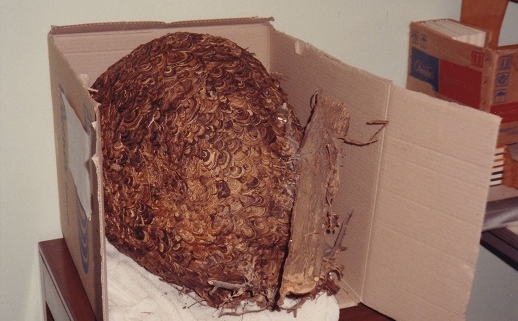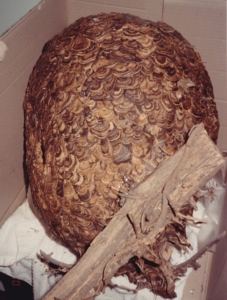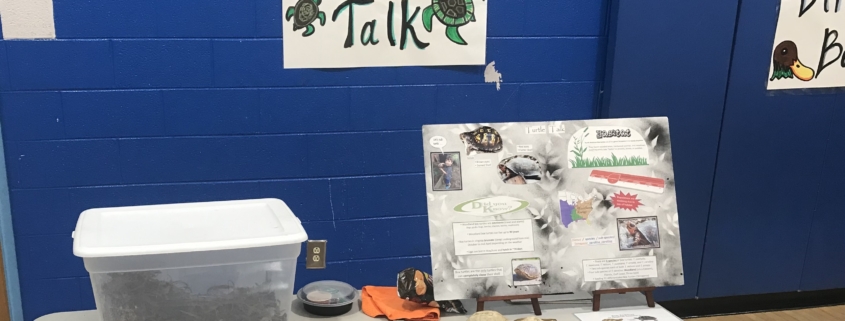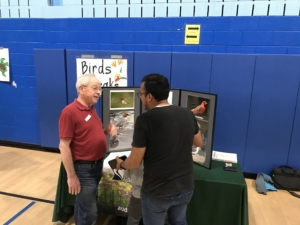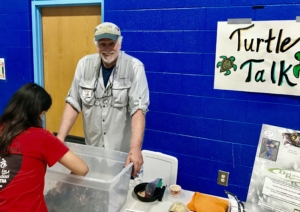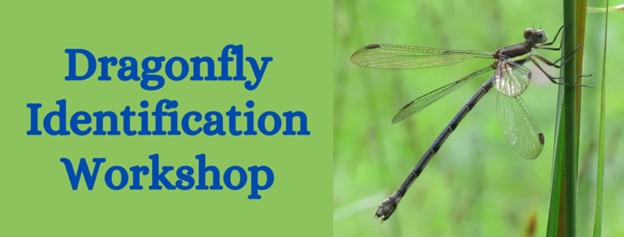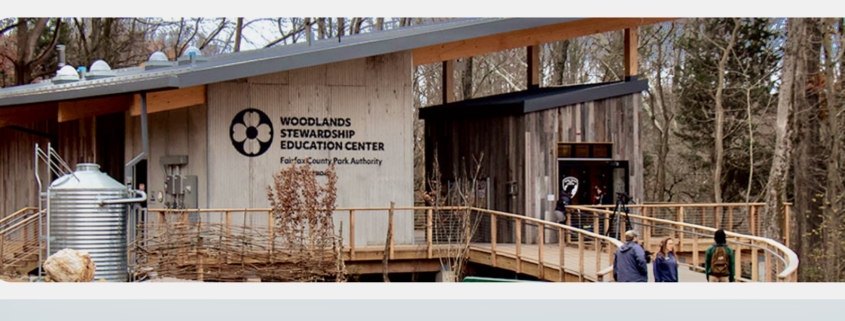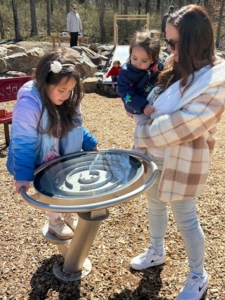Stream Monitoring Citizen Science & Training Opportunities, June
Photo: FMN Janet Quinn, Hidden Pond stream monitoring
NoVa Soil & Water Conservation District: Stream Monitoring Citizen Science & Training Opportunities
Horsepen Run Stream Monitoring Workshop
When: Sunday, June 9, 9:00am-12:00pm
Where: Horsepen Run Stream Valley Park, Herndon
This site has undergone a lot of change over the last few years! While it had become more challenging to monitor this site in the past, recent changes to the streambed have brought more riffles to monitor and we’re excited to see how this changes the macroinvertebrates we may find! This is an accessible stream site, which can be reached by wheelchair and/or other assistive tools over a paved path (there is a moderate slope). Learn more and register for this workshop and others here.
Wolftrap Creek Stream Monitoring Workshop
When: Thursday, June 13, 9:00am-12:00pm
Where: Wolftrap Creek Stream Valley Park, Vienna
This site features a small, shallow stream which usually has a good number of beetles along a popular paved trail. This is an accessible stream site, which can be reached by wheelchair and/or other assistive tools over a paved path (there is a moderate slope). Learn more and register for this workshop and others here.
Pohick Creek Stream Monitoring Workshop
When: Saturday, June 15, 9:00am-12:00pm
Where: Pohick Creek Stream Valley Park, Springfield
Our stream monitoring site on Pohick Creek is located on the cross county trail, popular with runners, dog walkers, and families. This is the largest and deepest stream that we monitor in our public workshops. This is an accessible stream site, which can be reached by wheelchair and/or other assistive tools over a paved path (there may be some uneven spots). Learn more and register for this workshop and others here.
Other Training and Stream Monitoring Opportunities
- Izaak Walton League (Virginia Save Our Streams) – Stream Monitoring Certification Training
- Creek Critters app by Nature Forward
- Salt Watch
- Nitrate Watch
The NoVa Soil & Water Conservation teams are very excited to contribute their stream data to state and national datasets. If you’d like to see data from all the NVSWCD regional stream monitoring team’s active sites, you can find our organization on the Clean Water Hub.





